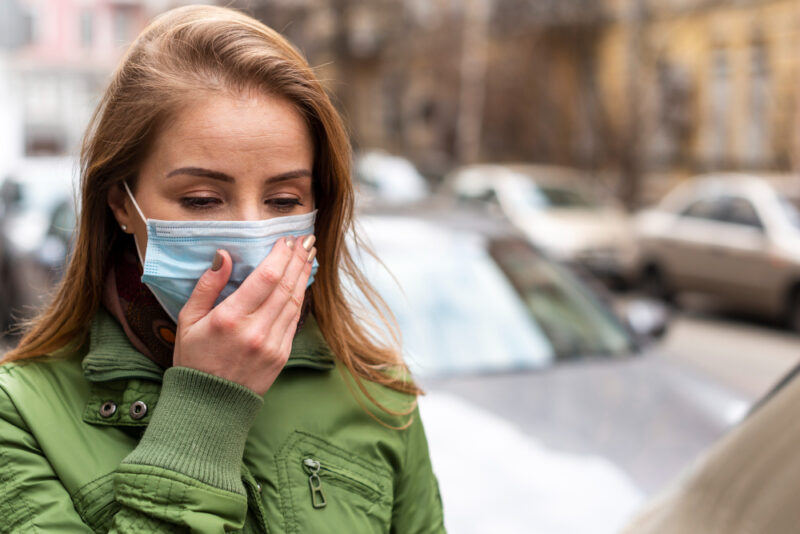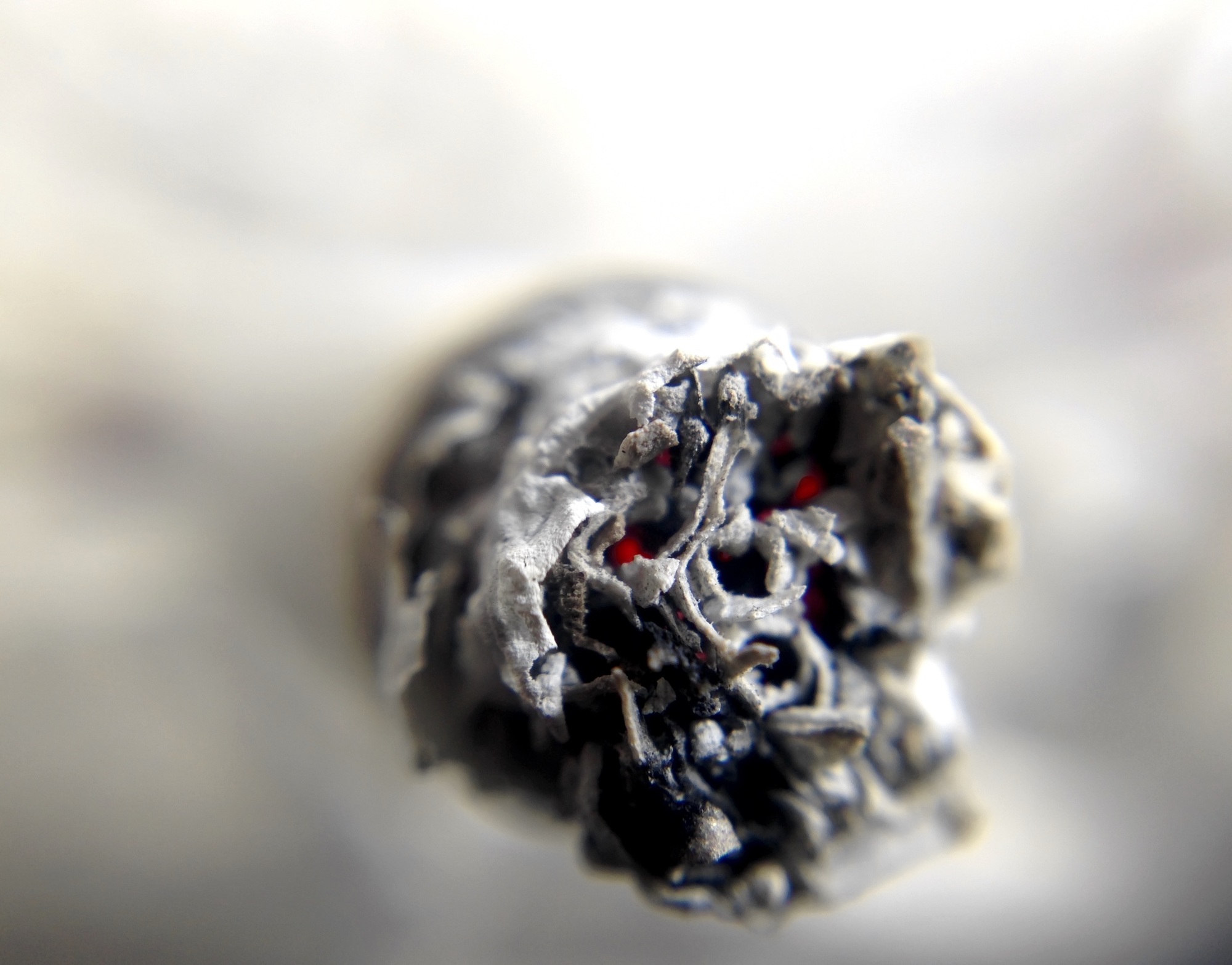Are you a homeowner who is concerned about the air quality inside your home? If so, you’re not alone. Indoor air pollution is a growing problem that can have serious health consequences for everyone in the home.
But what is indoor air pollution, and what are the causes? In this article, you will explore these questions and more.
If you’re currently dealing with air pollution inside your home, you should contact a reliable HVAC company, like the team at Clover Services.
Let’s get started!
What is Indoor Air Pollution? — An In-Depth Guide
Indoor air pollution refers to the various pollutants that are present indoors and can negatively affect people’s health. Some of the typical sources of indoor air pollution include tobacco smoke, kitchen stoves, and heating systems. These common pollutants can cause a variety of issues like respiratory problems, headaches, and allergies. In some cases, indoor air pollution can be just as harmful as outdoor air pollution.
There’s a wide range of steps that you can take to reduce indoor air pollution, such as improving ventilation and using air purifiers. It is important for property owners (particularly new ones) to be aware of the dangers of indoor air pollution and take appropriate measures to protect their health and well-being.
Be sure to keep these things in mind if you’ve been wondering, “what is indoor air pollution?”.
5 Common Causes of Indoor Air Pollution
Here are five of the most common causes of air pollution in homes:
1. Volatile Organic Compounds (VOCs)
VOCs (also commonly referred to as volatile organic compounds) are a group of chemicals that can be released from common materials in the home, such as paints, carpets, furniture, and cleaning supplies. They can cause eye and respiratory irritation and sometimes headaches when inhaled.
2. Tobacco Smoke
Cigarette smoke is known to contain numerous toxic compounds which can linger in the air even after the smoking has stopped. It is one of the most hazardous forms of indoor air pollution due to its effects on lung health and potential carcinogenic properties.
3. Mold & Mildew
Wet areas inside homes can provide ideal conditions for mold growth, which produces microscopic spores that become airborne upon drying out, causing respiratory issues for those who inhale them frequently over time. Regularly checking for mold and keeping your home well-ventilated will help prevent this type of indoor air pollutant from accumulating in large amounts within your home’s environment
4. Radon
Radon gas is an invisible radioactive gas coming from naturally decaying uranium deposits beneath ground level or within some building material itself (such as cement). High radon levels have been linked with an increased risk of developing cancer if it accumulates indoors without proper ventilation installed to remove it from the homes indoors without proper ventilation installed to remove it from the home.
5. Dust Mites & Animal Dander
Tiny dust mites and pet dander can be a source of indoor air pollution due to their ability to cause allergies and asthma attacks in sensitized individuals. Regularly vacuuming and dusting furniture, carpets, and other surfaces and keeping pets out of bedrooms or frequently cleaning them are essential steps for minimizing these pollutants in the home.
By understanding the causes of indoor air pollution, homeowners can take steps towards protecting themselves and their families from harmful particles that could negatively impact health over time. To further protect yourself, consider getting your home’s air quality tested regularly to identify any potential problem areas you may need to address right away.
What Causes Indoor Air Pollution: All You Need to Know — Conclusion
As a homeowner, it is important to understand the causes of indoor air pollution and take steps toward protecting your family from these harmful particles. Regularly getting your home’s air quality tested can help you identify any potential problem areas that need to be addressed right away.
Do you want to learn how you can reduce indoor air pollution in your home? Taking preventative measures such as reducing VOCs in the home, regularly checking for mold growth, testing for radon gas levels, and keeping dust mites and pet dander at bay are all essential tasks for maintaining good indoor air quality.
With a little extra effort on our part, we can ensure our homes remain safe havens free from pollutants that could impact our health over time.










